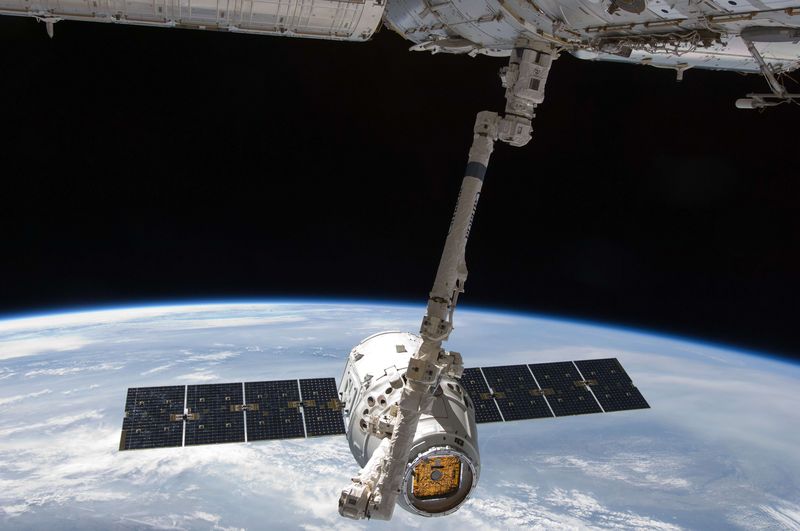Investing.com -- The global race for space dominance is intensifying, with the United States, China, and Russia leading the charge.
As geopolitical tensions rise, the stakes in space have escalated dramatically, according to Alpine Macro (BCBA:BMAm) strategists.
“We emphasized that rising geopolitical tensions, coupled with rapid advancements in various types of space weaponry, have transformed the notion of “space war” from science fiction to a tangible threat,” they said in a Wednesday note.
China has made rapid advancements, aiming to achieve "juggernaut" status in space. Bolstered by substantial investment, including $14 billion last year, China is building infrastructure to drive innovation.
A recent highlight includes the launch of its Qianfan constellation, a 14,000-satellite project set to rival SpaceX’s Starlink. This initiative is part of China's broader strategy to dominate satellite communications and space defense. US Space Force Chief General Chance Saltzman described China’s pace as “mind-boggling,” emphasizing its potential to challenge American supremacy.
Meanwhile, the US is preparing for a potential space conflict. The Pentagon has prioritized the Proliferated Warfighter Space Architecture (PWSA), a seven-layer defense system designed to integrate sensors, communication, and weapons systems across domains.
This effort underlines the importance of creating redundancy in missile detection and early warning systems. Trump’s re-election has renewed momentum for US space initiatives.
“Today, roughly 25% of the $29.4 billion of the Space Force’s budget is proposed for "space superiority," which prioritizes "responsible counter-space" – defending against and countering hostile actions in space while managing escalation responsibly,” strategists said.
Notably, the budget has almost doubled since its creation under Trump in 2019. While 2024 marks the first blip in year-over-year budget growth, Alpine Macro believes this trend is likely to reverse under Trump’s second term.
Russia also remains a significant space player, particularly in kinetic space weaponry, but its position is being overshadowed by China’s dual-use technologies. These assets, serving both civilian and military purposes, present a unique challenge. For example, China's Shijian-21 satellite, ostensibly for debris cleanup, could potentially be used to "redirect" adversary satellites.
Alpine’s team also discusses reusable rocket technology as a pivotal factor in the race. SpaceX's recent achievements with its Starship program are game-changers, promising launch costs as low as $100/kg.
This innovation could enable deeper space exploration and military positioning. While China trails the US in this area, companies like LandSpace Technology are narrowing the gap, signaling that viable reusable rocket systems may emerge soon.
“While the U.S. remains in the lead, China’s progress indicates the nation could have access to viable reusable rocket technology sooner than previously expected,” the note states.
Moreover, responsive launches and satellite servicing are becoming essential capabilities. The ability to launch within hours, demonstrated by US companies under Space Force programs, could provide a strategic edge in conflicts. However, China currently holds an advantage in tactically responsive launches.
In conclusion, Alpine strategists think the escalating race for space supremacy highlights the critical need for “space resilience.” Growing reliance on space systems ties them closely to global security and economic stability, making their protection vital.
They believe strengthened infrastructure and next-generation solutions in communications, navigation, and defense are key to preventing disruptions and addressing the rising stakes in this increasingly contested domain.
